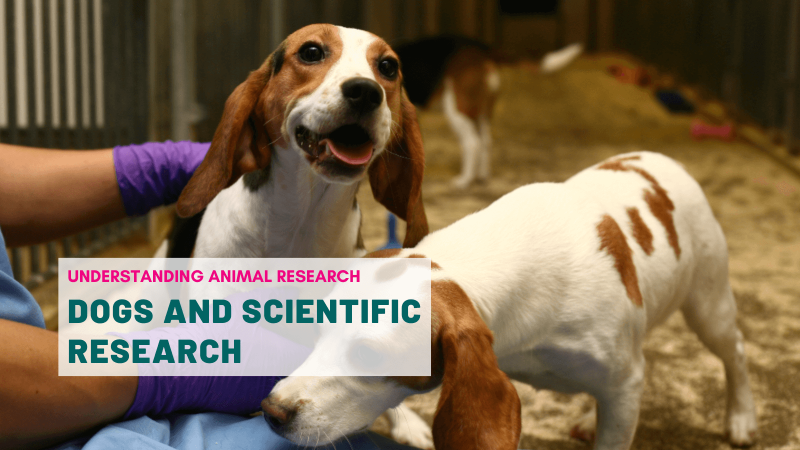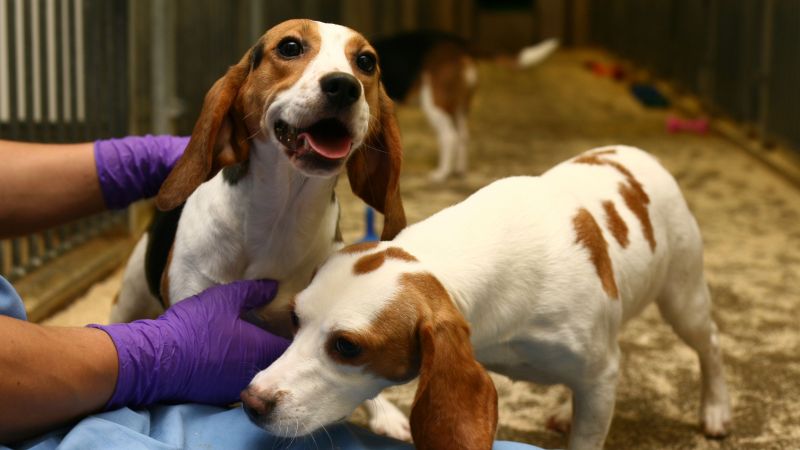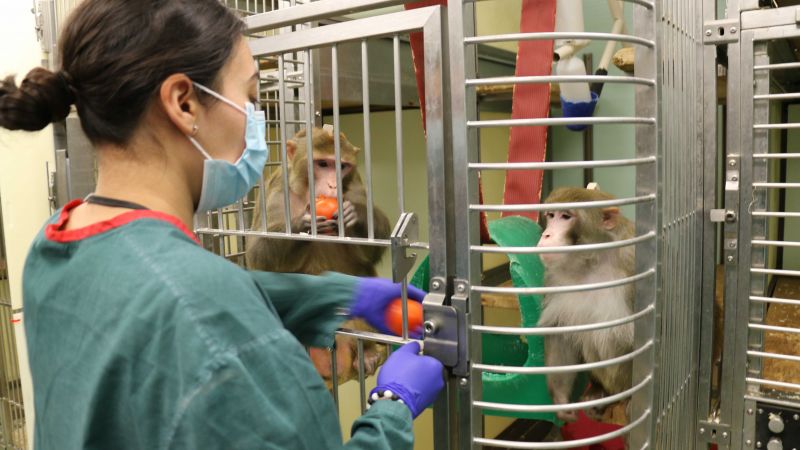
A boy in the UK has made headlines after being the first to successfully receive a new device to treat epilepsy. A neurostimulator fitted into his skull sends electrical signals deep into the brain, and has managed to reduce Oran Knowlson’s daytime seizures by 80%. This stimulation of the deep brain tissues, also referred to as DBS, was pioneered in animals.
Oran, from Somerset, has Lennox-Gastaut syndrome, a treatment-resistant form of epilepsy which he developed at the age of three, causing him to suffer from daily seizures ranging from two dozen to hundreds. In October 2023, at the age of 12, he took part in a clinical trial as part of the CADET project – a series of trials assessing the safety and effectiveness of deep brain stimulation (DBS) for severe epilepsy. In a world first attempt, he was fitted with two electrodes deep into the brain reaching the thalamic region, connected to a neurostimulator, a 3.5cm square and 0.6cm thick device placed in a gap in Oran’s skull where the bone had been removed. Although DBS has already been successful in treating childhood epilepsy, the neurostimulators have previously been placed in the chest with wires running up to the brain. This is the first time the new configuration has been tested, hopefully reducing complications such as infection or the device failure.
Neuromodulation or neurostimulation of the anterior thalamus, is a relatively new and rapidly growing treatment for refractory epilepsy – epilepsy that doesn’t respond to other therapies. It has become particularly important for patients that are not eligible for resective surgery or laser ablation. Epilepsy seizures are triggered by abnormal bursts of electrical activity in the brain. The neurostimulator, which emits a constant mild pulse of current to the thalamus, aims to block or disrupt the abnormal signals that cause seizures.
 DBS for treatment of epilepsy was pioneered in humans by Irving Cooper in the 1980s, but the origin of the therapy goes back much further. Electrical brain stimulation in laboratory animals dates back to the 1860s. Shortly thereafter, researchers showed in monkeys and dogs that stimulation of the brain regions linked to motricity produced repetitive movements, reminiscent of epileptic seizures. This was later confirmed in rodent models. After that, much of the work over the last century focused on the behavioural effects of brain stimulation in animals. A dramatic example of the kind of effects chronically implanted electrodes can induce was stopping a charging bull via remotely controlled stimulation.
DBS for treatment of epilepsy was pioneered in humans by Irving Cooper in the 1980s, but the origin of the therapy goes back much further. Electrical brain stimulation in laboratory animals dates back to the 1860s. Shortly thereafter, researchers showed in monkeys and dogs that stimulation of the brain regions linked to motricity produced repetitive movements, reminiscent of epileptic seizures. This was later confirmed in rodent models. After that, much of the work over the last century focused on the behavioural effects of brain stimulation in animals. A dramatic example of the kind of effects chronically implanted electrodes can induce was stopping a charging bull via remotely controlled stimulation.
Years of research have shown that stimulation may have one effect near the electrode and an opposite or different effect at another location. Multiple brain structures have been stimulated to influence laboratory models of seizures, including the cerebellum, locus coeruleus, substantia nigra, caudate, hippocampus, amygdala, hypothalamus, subthalamus, centromedian thalamus, anterior nucleus of thalamus, neocortex and others.
Despite growing efforts to understand epileptic conditions, the mechanisms of DBS still remain understudied. Results have been mixed. Clinical studies have proceeded based on positive outcomes, with only limited understanding of the mechanisms of action of brain stimulation. This has meant that, in contrast to DBS for movement disorders, which is better understood and has proven remarkably effective, safe, and practical, neurostimulation for epilepsy has often moved from pilot clinical studies back to the laboratory for validation and modification of stimulation methods. Preclinical studies in suitable animal models are still needed to clarify the underlying mechanisms of DBS, to identify epilepsy biomarkers and possible new stimulation targets, and to optimise stimulation patterns.
In the meantime, the Picostim neurostimulator, owned by Amber Therapeutics, and also used to treat patients with Parkinson’s disease, has proven life-changing for Oran Knowlson. He has experienced huge benefits from the device that have dramatically improve his quality of life.
Oran’s surgeon, Martin Tisdall, told the BBC:
"This study is hopefully going to allow us to identify whether deep brain stimulation is an effective treatment for this severe type of epilepsy and is also looking at a new type of device, which is particularly useful in children because the implant is in the skull and not in the chest. We hope this will reduce the potential complications."
As part of the trial, three more children with Lennox-Gastaut syndrome will be fitted with the deep brain neurostimulator. In future, the team plan to make the neurostimulator respond in real time to changes in brain activity, in an attempt to block seizures as they are about to happen.
Image Source : https://www.bbc.com/news/articles/cg33kgd81mvo
Last edited: 18 September 2024 10:10



